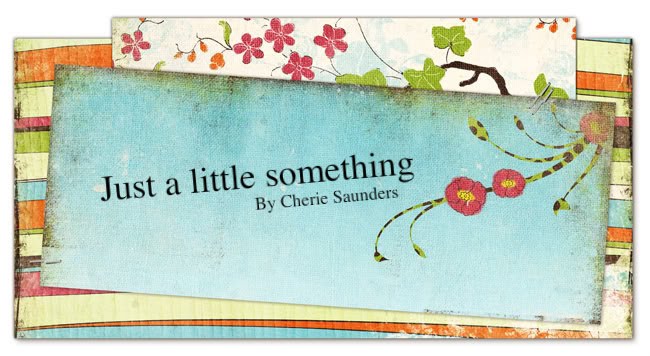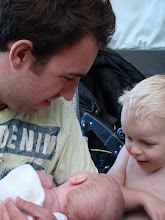This week Charlie, Diana, Owen and myself caught a train from Seacliff to the city. On days that Diana has Charlie they often catch the train into town just for fun. I wanted to experience his experience I'd heard about so frequently even the part where he goes "toot toot" all the way into town. I hadn't caught a train in many years and it was so easy just walking from Diana's house on Maitland Terrace to the train station. Also, I wanted to see "The Waterhouse Natural History Art Prize" being exhibited at the SA Museum.
When we arrived at the train station in the city I was immediately reminded of my Nanna Jenkins who worked an the Railway tearooms as a young girl. We walked past the donut shop that a friend is constantly talking about and then up the ramp onto North Terrace.
That's when I realised how little I knew about my own city.
We stopped to look at Parliament house where you can go watch politicians in the House of Assembly and can do tours to learn about the history of parliament house, and how parliament works.
 |
| The South African War Memorial Adelaide |
We stopped to look at the gentlemans' house on North Terrace. Its been there for the prestigious society men since the beginning of Adelaide. It still stands there today for that purpose and apparently you can do tours.
Then we stopped to look at the many plaques on the footpath remembering great South Australians like Sir Henry Ayers (business man, banker and parliamentarian) 1821 - 1897, Sir Richard Baker (lawyer, pastoralist, and parliamentarian) 1841 -1911, Robert Barr Smith (business man and philanthropist) 1824 - 1915, Jean Lady Bonython (community work for women and children) 1891 - 1977, Sir Donald Bradman (cricketer and businessman) and many more. There are a lot of places named after these people like Ayers house, the Barr Smith Library, Bonython Park and Sir Donald Bradman Drive.
The most interesting plaque for me was David Frederich Dallwitz (Jazz musician and artist) born 1911 and has only just recently passed away in 2003. I knew this because the Dallwitz family are friends with the Penhall family. Jamie is friends with Nick Dallwitz the grandson of David Dallwitz who has passed his legacy to his children and grandchildren who are amazing talented artists and musicians to this day. I've been to his old house at Seacliff which is wall to wall from ground to ceiling of the families amazing paintings. I like the idea of having paintings on the walls like that. The old house is like a rabbit warren, with many rooms and parts to the house upstairs and downstairs where the who family lived. I've seen David Dallwitz's paintings which are incredible. Some of them stand 6 feet high from floor to ceiling. His whole life was dedicated to art, teaching and exhibiting his work, and he is represented in the Australian National Gallery, the Art Gallery of South Australia, Art Bank, and the University of South Australia.
 |
| Mary Lee |
 |
| Matthew Flinders 1774 to 1814 |
 |
| Spirit of Compassion |
We stopped to look at the National War Memorial commemorating those who served in the First World War. Opened in 1931, the memorial is located on the corner of North Terrace and Kintore Avenue. Memorial services are held at the site throughout the year, with major services on both Anzac Day (25 April) and Remembrance Day (11 November). Inside the memorial are the names of soldiers who fought and died in WWI. Diana has seen Sandor Stolz's name before, I had a look but couldn't find it. On the outside of the memorial is the Spirit of Compassion as a winged spirit of womanhood holding the body of a dead soldier, and a the Fountain of Compassion.
 |
| Spirit of Duty |
 |
| Venus |
In Prince Henry Gardens the statue of Venus Adelaide's very first statue, and a copy in Carrara marble of Canova's Statue. The pedestal of Sicilian and Kapunda marble.
Next a statue of King Edward VII King and Emperor 1901 - 1910 and his mother was Queen Victoria. Hewas King of the United Kingdom and the British Dominions and Emperor of India. He was the first British monarch of the House of Saxe-Coburg and Gotha, which was renamed the House of Windsor by his son, George V. Before his accession to the throne, Edward held the title of Prince of Wales and was heir apparent to the throne for longer than anyone else in history. During the long widowhood of his mother, Queen Victoria, he was largely excluded from political power and came to personify the fashionable, leisured elite.
 |
| Robert Burns 1759 to 1796 |
Then to the SA Museum to see the Waterhouse Natural history art prize. Now that was incredible to see too.
It was such a lot to take in such a short walk. Actually I feel a little ashamed that I don't know more but I suppose I can't remember being taught about this at school or by my parents and life goes by. The only history I really know well is that of family. Looking at the positives, this little walk has given me a motivation to learn more. There are some tours available, so will look into that and I'm sure some friends will be interested too.




Back in the mid 1990s, my partner and I set a seris of questions around those plauges on North Terrance as apart of a state Cub Scout Activity. I am desperately trying to find the questions (I have to have them around somewhere) and we ran it after a joint Guide/Scout Act of Loyalty in the grounds of Government House. If I cant find the questions, then I will go back and rewrite them. But it was a popular activity and when I do it again, will include the migration museum into it as well. The best bit, is that these days, the cubs have a local history badge and I am sure I can work it into the requirements for that.
ReplyDeleteHi Sarah, that was a great idea! Its probably something like this that schools and cubs/scout type associations need to continue. I would love to see the questions. I think its important to educate our children about the importance of our history. The migration museum would be a good one to include, and also there is the National Motor Museum at Birdwood and the Maritime Museum to consider. Also the National railways is another good one too.
ReplyDelete